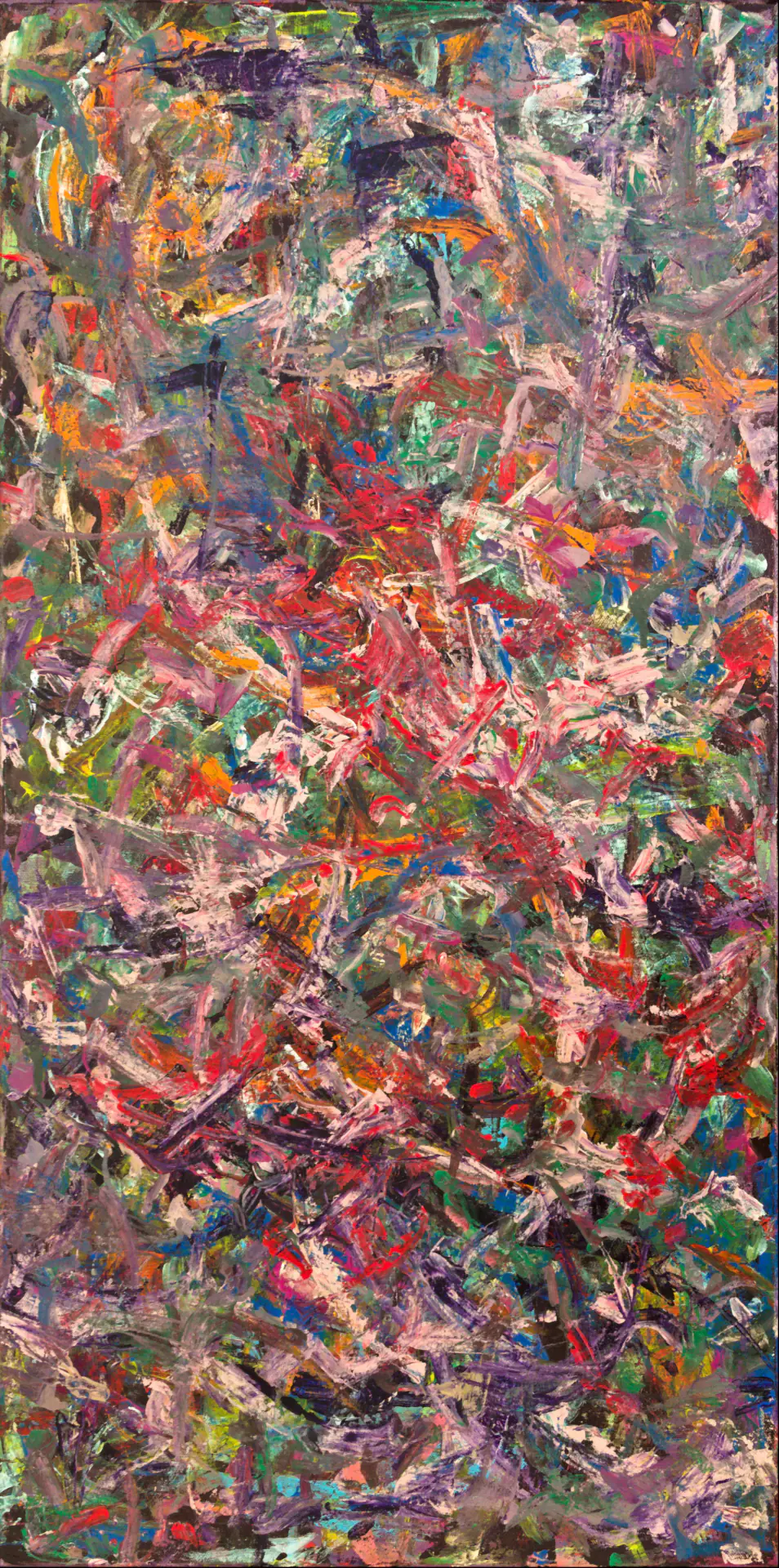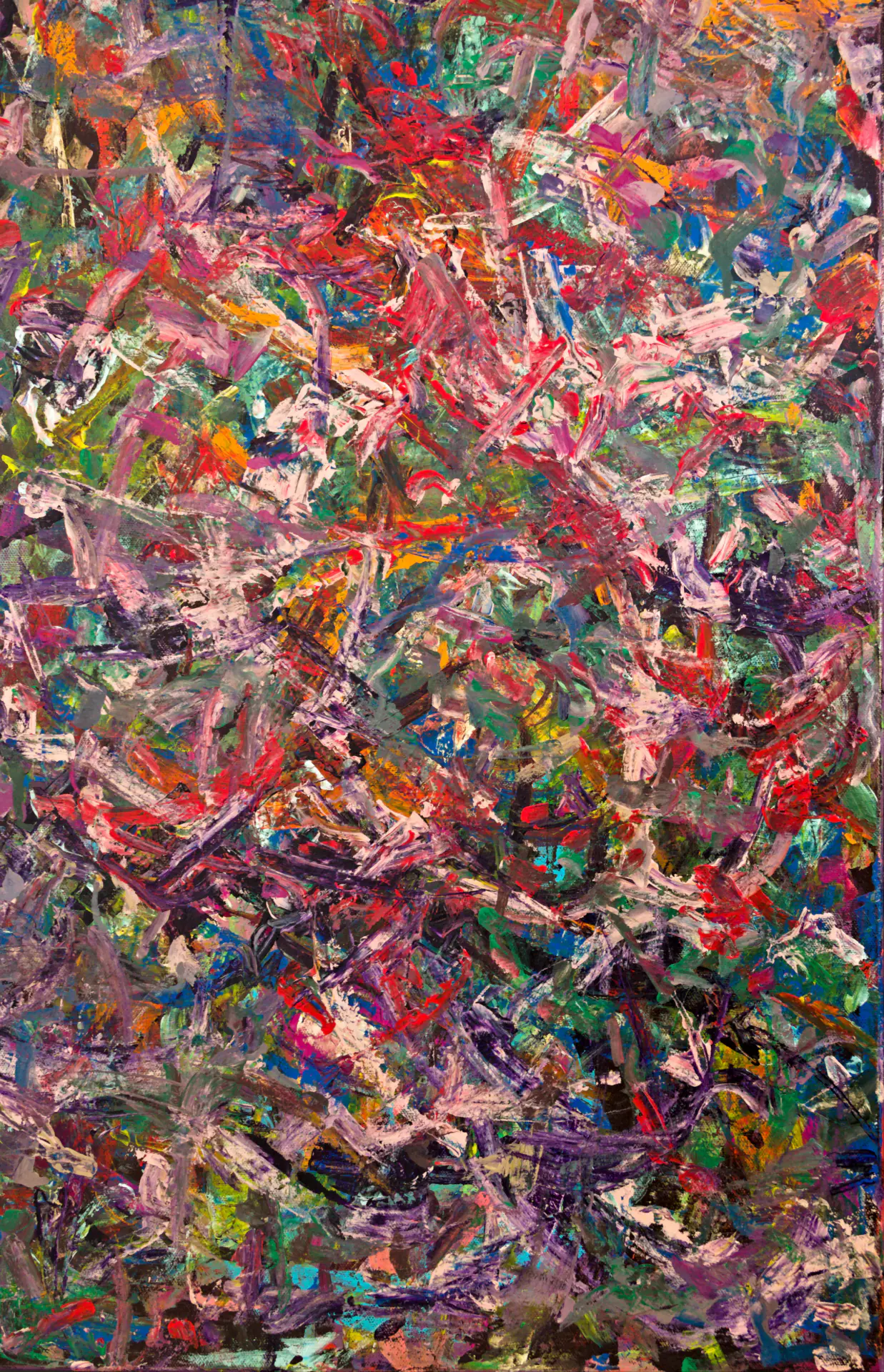
Gaza burns again,
and the sea has forgotten how to sing.
The olives hang like memories
from trees split by shells.
Children learn the alphabet of sirens,
mothers wrap their grief in keffiyehs.
The call to prayer rises
through dust that once was home.
The sky is an occupation now —
it hums with the sound of drones
that decide who gets to wake tomorrow.
Rafah, Khan Younis, Jabalia —
names whispered like prayers
as if saying them keeps them alive.
And still the world scrolls past,
numbed by pixels of ruin,
while fathers lift stones
heavier than justice itself.
No flag can sanctify this slaughter.
No border can cage the wind.
The land remembers every footstep,
every life returned to dust —
and one day, it will speak again
in the voice of those who refused to vanish.
Dimensions: 91x45cm
Painted: 2025
Materials: Acrylic on canvas
Private collection
The story behind The Slaughter of Palestine.
Bert Ernie’s The Slaughter of Palestine is an explosive act of painterly resistance — a scream rendered in colour and motion. This is not abstraction for abstraction’s sake; it’s abstraction as indictment. The canvas is a battlefield of gesture: crimson gashes collide with bruised purples, acid greens, and the occasional flash of light that feels almost accidental — or perhaps hopeful, if one dares to believe so amid the carnage.
The work channels the raw energy of post-war abstract expressionism, yet its moral compass points sharply toward the present. Where Pollock might have sought transcendence through chaos, Ernie finds testimony — evidence of moral disintegration. The reds are not merely vibrant; they are arterial. The sweeping strokes, layered and tangled, evoke not randomness but the collective confusion of a people under siege. There’s rhythm, but no resolution. The surface is dense, suffocating, almost claustrophobic — like the smoke of bombed streets that never clears.
Yet through this visual violence, there’s humanity. The impasto drags across the surface like the dragging of limbs, but the hand of the artist is unmistakably alive, furious, and grieving. The composition achieves something rare: it refuses to aestheticise suffering while still asserting art’s power to bear witness. In a world saturated by images of war filtered and sanitised, The Slaughter of Palestine reclaims the raw, unmediated horror — transforming it into an act of remembrance and defiance.
This is not a painting to be admired. It is a painting to be endured — and that is precisely its brilliance.
Detail views of abstract painting The Slaughter of Palestine.



